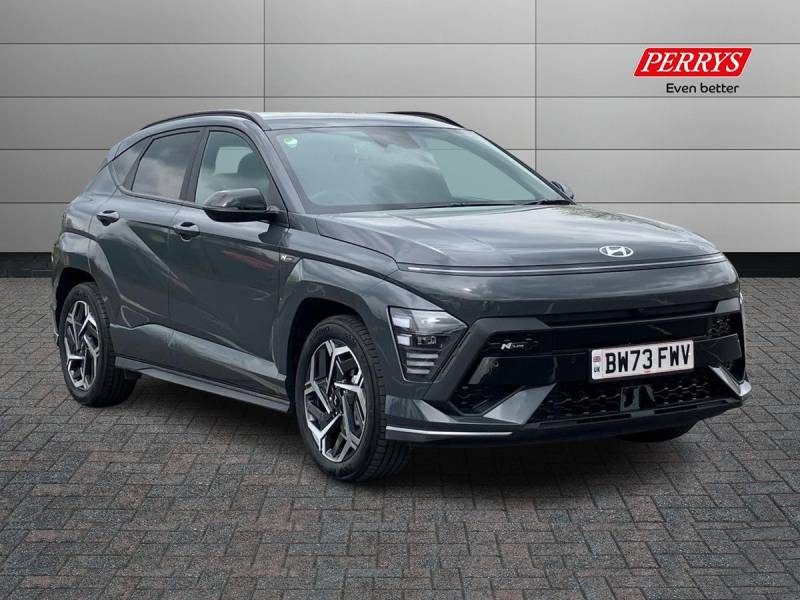HYUNDAI KONA 2024 (73)
1.6 GDi Hybrid N Line S 5dr DCT


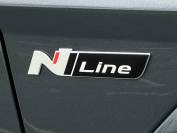


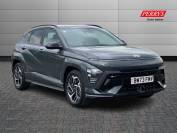
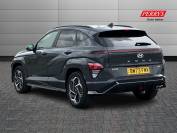
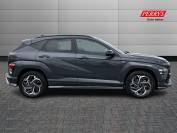
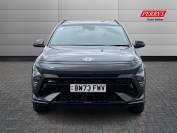

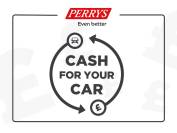

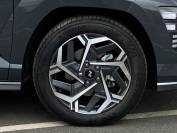
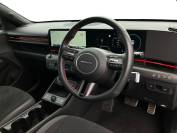
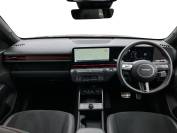
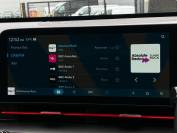

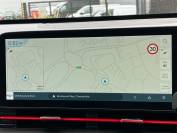
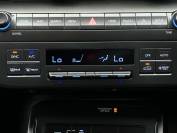

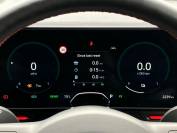
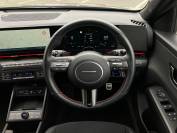


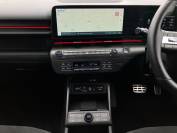
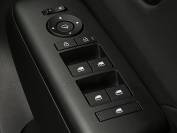
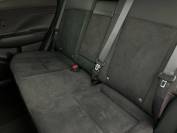


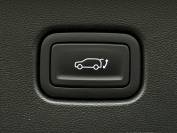
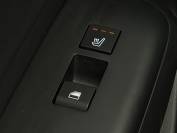
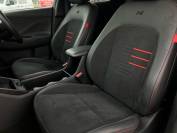
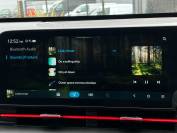
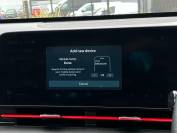

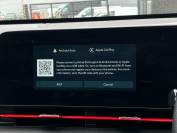
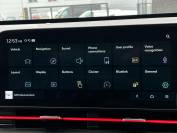
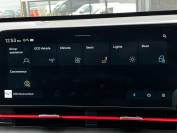


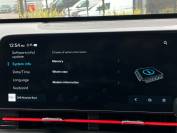
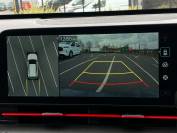


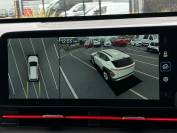
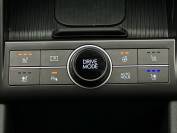
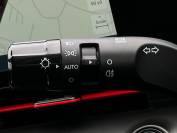
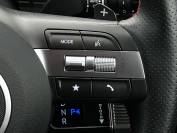
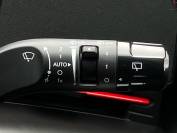
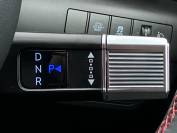
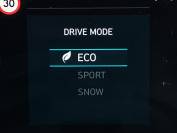
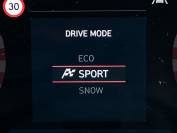
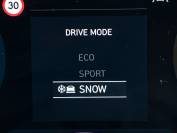
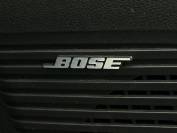

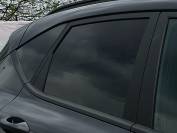

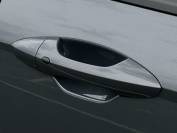
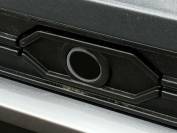












HYUNDAI KONA 2024 (73)
1.6 GDi Hybrid N Line S 5dr DCT
Financial Disclosure
Perrys is Authorised and Regulated by the Financial Conduct Authority. (307639 ) Finance Subject to status. Other offers may be available but cannot be used in conjunction with this offer. We work with a number of carefully selected credit providers who may be able to offer you finance for your purchase. Perrys - 500 Pavilion Dr, Northampton NN4 7YJ. Companies House Number:972286. FCA number: 307639 .
Finance
We can introduce you to a limited number of lenders whose finance products will have different commission amounts payable to us for introducing you to them. This may be in the form of a fixed fee, a percentage of the balance financed, or another incentive.
The amount of commission that we expect to receive will be detailed to you clearly when we present you with a finance payment offer sheet. The exact commission amount payable to us will be presented to you once your finance proposal has been accepted, and always in good time before you complete any retail finance documentation with us.
We are a credit broker and will not provide you with impartial advice.
We actively monitor all finance transactions to ensure compliance and maintain transparency in all our dealings.
Any lenders we use will conduct a full credit search to decide if they can offer you finance. This search will show on your credit file and will be seen by other lenders. If the lender is unable to offer you finance, we will try up to three additional lenders, each of whom will record a search on your credit file. If these lenders are unable to offer you a finance agreement, we will then contact you and ask if you wish us to contact further lenders on your behalf.
Finance Products:
We will provide you with information to assist with your funding decision relating to Credit Agreements such as: Hire Purchase, Conditional Sale, Personal Contract Purchase (PCP), Personal Contract Hire (PCH) and Finance Leasing.
We will also send you Finance Product Information / Videos by email.
We do not charge you a fee for our services. Whichever lender we introduce you to, we will typically receive commission from them (either a fixed fee or a fixed percentage of the amount you borrow). A customer may ask for commission disclosure at any time from our initial discussions through to the point when their agreement is set live.
Vehicle Description
Welcome to Perrys Ford Chesterfield with over 100 used cars on site. We are pleased to offer this 2024 ultra-low mileage New Shape Hyundai Kona 1.6 GDi Hybrid N Line S DCT Automatic in Grey which benefits from the balance of Hyundai warranty until February 2029. Great features on this quality car include heated seats, heated steering wheel, Sat Nav, 360 degree camera, power tailgate, adaptive cruise control, front and rear parking sensors, keyless entry, powerfold mirrors, automatic headlights, wireless charging pad and more. You can reserve the vehicle for a fully refundable £99. If you don’t see the car you want, just ask! We can source most makes and models. A £99 administration fee is applicable to the advertised price upon purchase of this vehicle. Refer to our terms and conditions for details.
Vehicle Specification
Annual Road Tax £195
Insurance Group 18A
Fuel 60.1mpg





